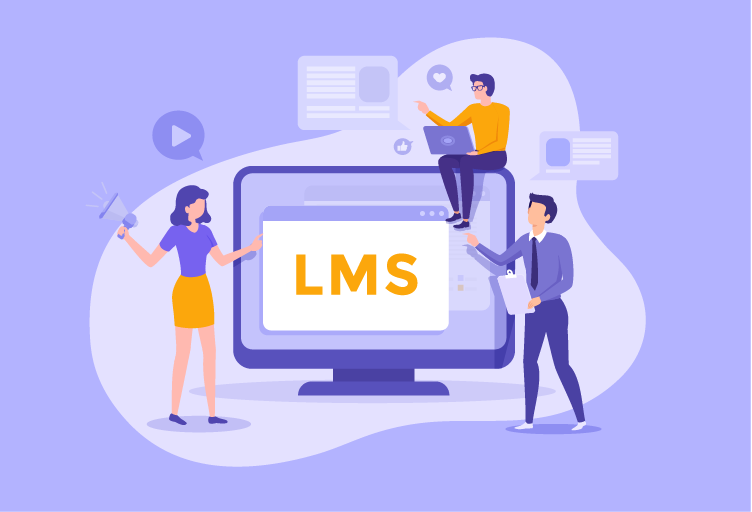A Learning Management System’s capabilities have expanded substantially over time. LMS originally played a vital role in digital learning and distance learning, but it has now penetrated the corporate sector too. LMS are frequently used to provide staff opportunities for training and development. Automating the onboarding process through learning management software can significantly accelerate the process of recruitment and onboarding, making it more efficient, and boosting new hire engagement. Additionally, it aids in improving employee productivity and lowering training expenses.
LMS is a development in the direction of an automated and seamless training strategy. Here are a few ways in which LMS aids in automating training for new hires.
Reduce Time Limitations
There could be various tiers of information and training seminars included within your organization’s onboarding procedure. Meetings may be delayed by hours, days, or even weeks if you attempt to schedule them around a trainer’s or instructor’s tight schedule. This task is accomplished more efficiently by leveraging your learning management system, which allows your company to offer training and other onboarding details whenever needed.
Eliminate Geographic Restrictions
Finding outdoor spaces to organize induction meetings can be challenging if your business is similar to the majority of other organizations. Staff meetings, employee conferences, as well as other kinds of meetings sometimes have to compete with these events. The number of attendees that can participate in each onboarding session is often constrained by the space available. However, using your LMS, new hires may access training content on any device, anywhere. They can finish onboarding training at their workstations or at the comfort of their homes by using their mobiles as well as personal computers.
Assuring Conformity and Compliance
Employees are typically mandated to read and accept company policies. These may comprise organizational policies as well as guidelines and procedures. National, statewide, and regional legislation as well as social platforms and harassment regulations are contained in supporting documentation and paperwork. All of these, as well as documents describing health and medical benefits, paid holidays, sick leave, and compliance policies, can be recorded in an LMS. The system even permits you to upload the job role for the employee. It also enables you to simplify the process of sharing this documentation without granting employees access to their HR software systems by incorporating these documents and policies into your LMS.
Reduce costs
By switching the training program to LMS, you can speed up the onboarding of new hires. The trainers and instructors may reclaim their time whilst saving the company millions of dollars by simplifying the procedure from hours, weeks, or months to just a few hours. Additionally, by bringing new hires up and running quickly, you can start improving the bottom line of the business straight away. New and inexperienced employees can spend much more time on jobs that bring in revenue provided they spend less time in training.
Personalized Learning
The curriculums that employees must accomplish at differing stages before reporting to work can be integrated into the LMS through personalization. A range of assessments and tests that are designed to assess the prospective employee’s degree of comprehension can also be included in the courses. The employee may be asked to view extra features to examine the content again, or even to view it in a different setting, based on their findings, and then be evaluated again. Employees can acquire new capabilities that will improve their current and prospective roles with the company on their own time by creating structured training courses.
Monitor Progress
Maintaining a record of the documents and training sessions that recruits have accomplished and those that are still waiting can be a time-consuming manual task for Organisations. However, an LMS can record this information in a single, accessible location so that both the new hires and their HR liaison can monitor progress. A thorough report on each employee’s development can be sent to stakeholders by the LMS.
LMS can also be utilized to assess the programs when organizations are prepared to track the success of their training programs. For each given test, for example, you can acquire a report indicating the proportion of new hires who cleared or failed the test, in addition to the number of employees who haven’t yet started or are completing it. A high percentage of failures on the assessment could be a sign that the training program or the test itself needs to be reviewed.
Bottom Line
Onboarding is usually a costly and time-consuming process, but by automating it with your LMS, you can improve effectiveness, lower expenses, and reduce the amount of manual work necessary for training from each supervisor and member of the HR team.

0 thoughts on “How does an LMS aid in automating training for new hires?”